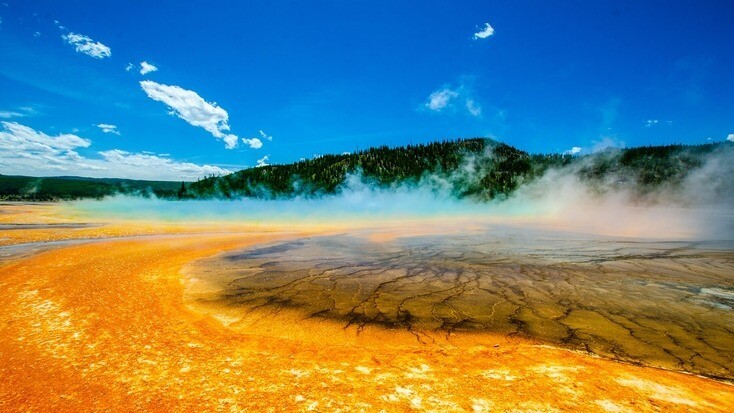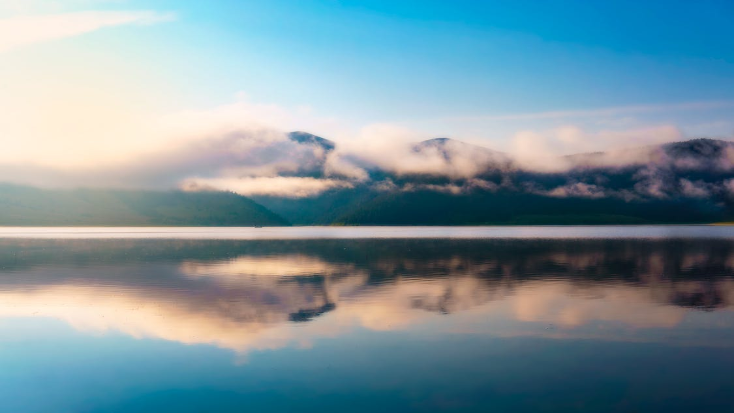We all love and need this planet. It provides us with everything, from the ground we stand on, to the very food we eat. The 28th of July is designated as World Nature Conservation Day. Specifically, so that we can draw attention to conservation and preserving these natural habitats we love so much. There are so many areas for us to protect, from the rainforest in Brazil to the unusual mangroves in Myanmar and other parts of Asia.


How we can preserve nature and keep giving back to the earth during World Nature Conservation Day 2023
The best way to preserve nature is to use our collective intelligence to point the way forward. As well as, using indigenous or native wisdom as a multi-faceted approach. This method is a great success in Auckland, New Zealand. Here the local Maori population is consulted on important matters, some of which pertain to the environment.
The main goal of conservation, beyond giving back to the earth is to maintain the environment by minimizing or negating the impact of human life on natural areas. When there is damage, the goal is to reverse this and revert to a healthy, self-sustaining ecosystem. So when you think of how to protect the earth in this way, you can understand the ideal towards which people are striving. Around the world, there are many organizations and projects that seek to protect areas from extractive industries, unsustainable tourism, and other such risks to these environments.


UNESCO World Heritage Sites – one of the best examples of conservation in action
Some great examples of conservation in action are UNESCO World Heritage Sites across the world. Examples of these sites can be found all over the world. For example, the Jurassic Coast in the south of England spans the counties of Dorset and Devon. It is a highly important piece of history. The rocks of the cliffs from the Triassic, Jurassic, and Cretaceous periods, have preserved 185 million years of geological history.
Another example is the world-renowned Uluru National Park in Australia. Previously known as Ayer’s Rock. This behemoth of a mountain sits alone and towering above the red desert of Australia’s barren plains in the Northern Territory. Uluru Kata Tjuta (the original name for this area) is marked as a heritage site that protects it from disturbances. Along with a vote passed in 2017 that bans climbers on the mountain for environmental and safety reasons. Check out the link at the bottom to find other World Heritage Sites ready for you to visit for World Nature Conservation Day 2023.


U.S. National Parks as the forerunner of protected areas and other natural spots for conservation in America
U.S. boasts several UNESCO World Heritage Sites. Many US National Parks, are protected areas. Yellowstone National Park, California was one of the first. With almost 4 million visitors in 2020, this park is truly a well-loved national treasure. Its legacy led to The Organic Act in 1916 and the creation of the National Park Service.
As well as US National Forests like Santa Fe National Forest, opened in New Mexico in 1891. Other such protected natural sites are equally well-visited. Like Devil’s Tower in Wyoming, which was created around 56-66 million years ago by a volcanic eruption. There are over 420 national memorials, recreation areas, seashores, and rivers preserved in all their glory.


Looking to find spots to visit during World Nature Conservation Day? Check out this map of the UNESCO World Heritage Sites across the world.


One thought on “World Nature Conservation Day 2023: How to Protect the Earth and Other Ways to Help the Planet”